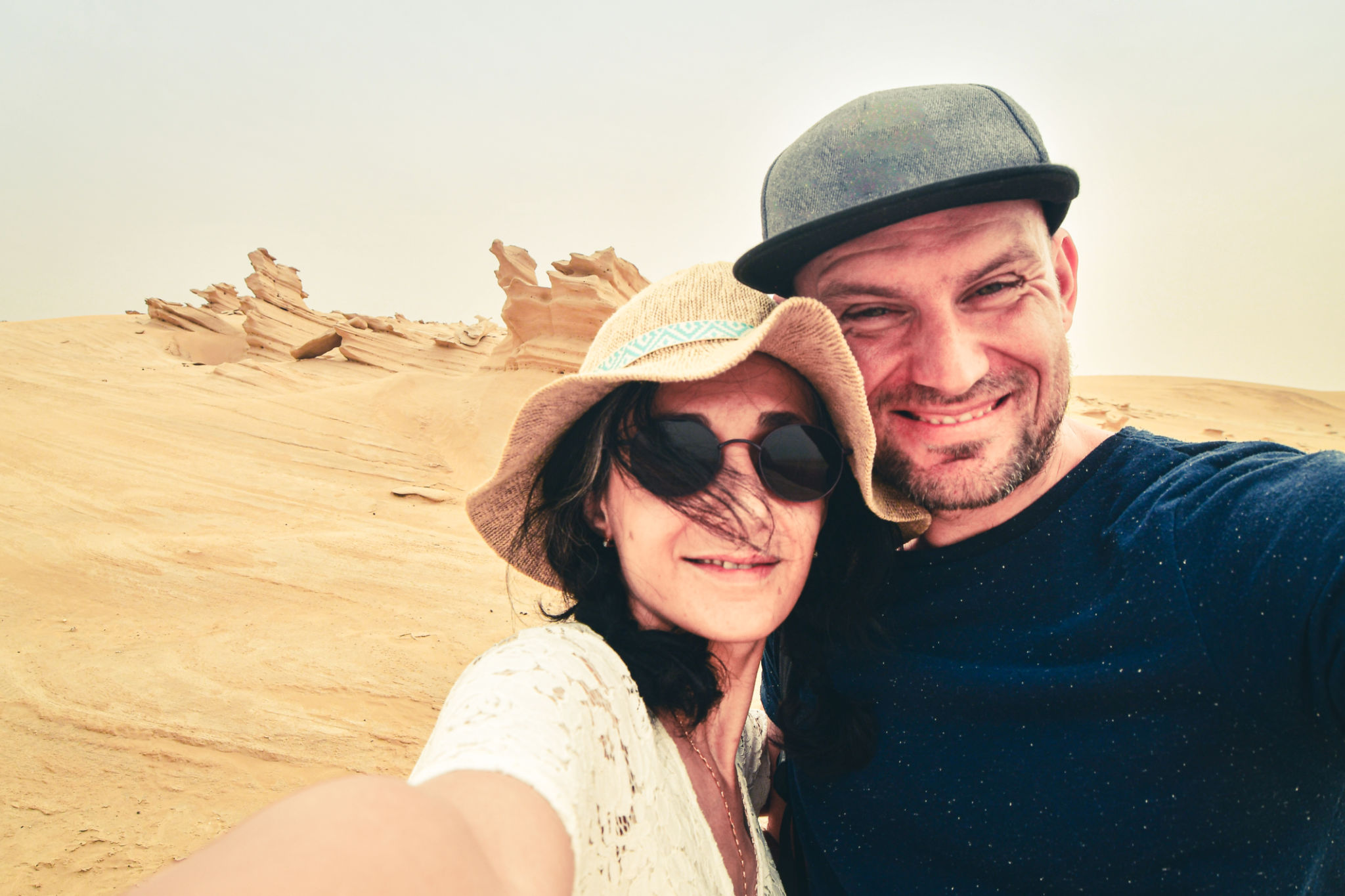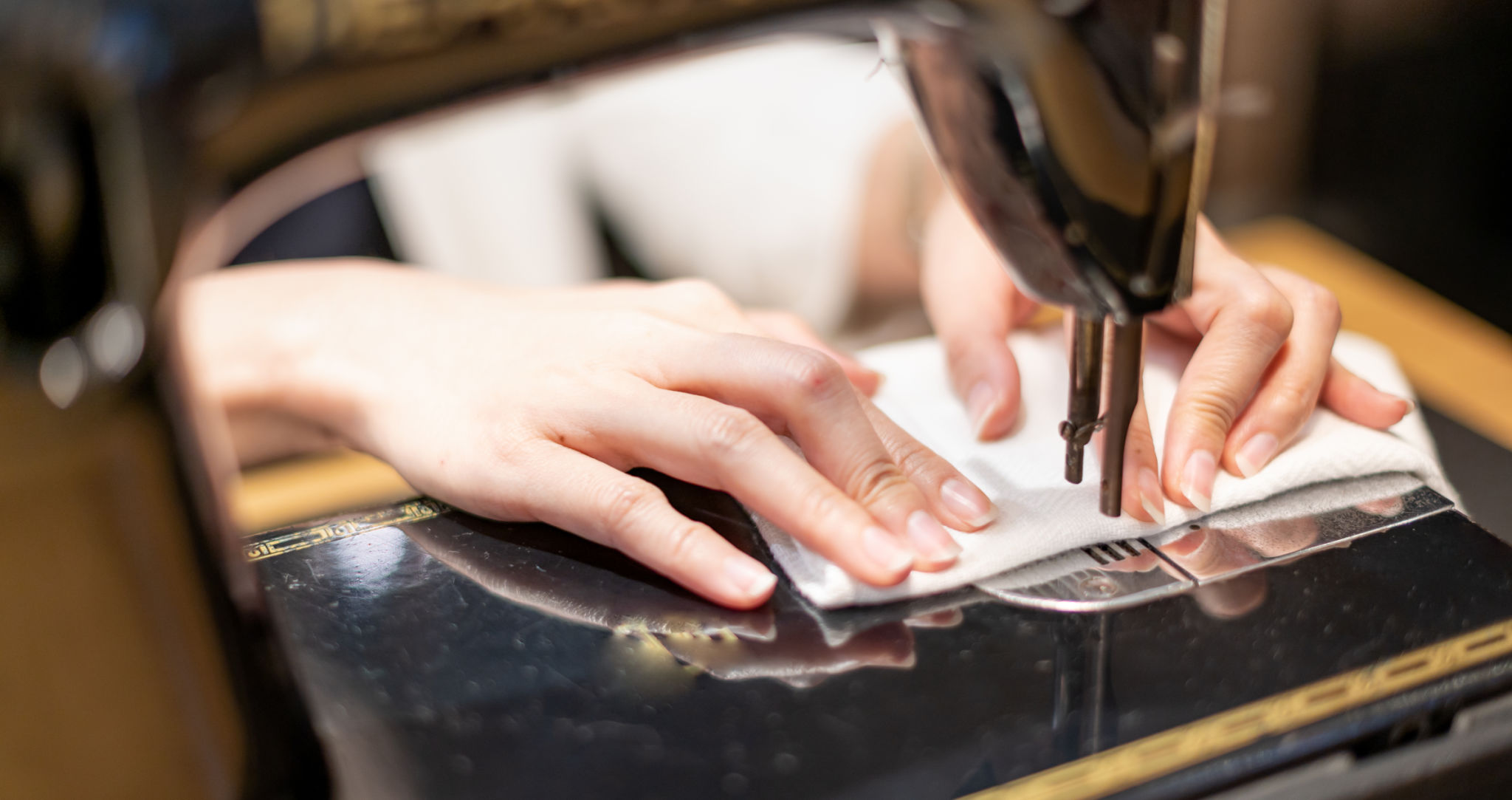A Look into Local Fashion Trends: Women's Clothing in Abu Dhabi
Understanding the Influence of Culture on Fashion
Abu Dhabi, a vibrant city known for its rich cultural heritage and modern outlook, offers a unique blend of fashion trends that reflect its diverse population. The fashion scene here is a fascinating fusion of traditional Middle Eastern attire and contemporary styles from around the world. Women's clothing in Abu Dhabi is particularly noteworthy for its variety, elegance, and modesty, which are deeply influenced by cultural norms and religious beliefs.
Traditional attire such as the abaya and hijab remain essential elements of women's fashion in Abu Dhabi, but they have evolved significantly over the years. Today's designs often incorporate modern elements, luxurious fabrics, and intricate embellishments, allowing women to express their personal style while adhering to cultural expectations.

Modern Trends and Styles
In recent years, there has been a noticeable shift towards more contemporary styles in women's clothing. Many local designers are now blending traditional elements with modern cuts and silhouettes, creating unique garments that appeal to both the younger and older generations. This blend is evident in the increasing popularity of palazzo pants, maxi dresses, and tailored blazers among women in Abu Dhabi.
Moreover, the influence of Western fashion is apparent in the city's shopping centers, which feature global brands alongside local designers. This mix provides women with a wide array of choices, from casual wear to high-end luxury fashion, reflecting Abu Dhabi's status as a cosmopolitan hub.

The Role of Local Designers
Local designers play a crucial role in shaping the fashion landscape in Abu Dhabi. They draw inspiration from the city's rich heritage and incorporate it into their collections, creating pieces that resonate with both locals and expatriates. Designers such as Huda Al Nuaimi and Yasmin Al Mulla are gaining international recognition for their innovative designs that celebrate Emirati culture while appealing to global audiences.
These designers often participate in international fashion weeks, showcasing their work and bringing international attention to Abu Dhabi's burgeoning fashion scene. Their success highlights the growing importance of supporting local talent and the potential for Abu Dhabi to become a significant player in the global fashion industry.

Shopping Destinations in Abu Dhabi
For those looking to explore women's fashion in Abu Dhabi, the city offers numerous shopping destinations that cater to all tastes and budgets. The Galleria Al Maryah Island is a luxury shopping center featuring high-end brands like Chanel and Louis Vuitton. Meanwhile, Yas Mall provides a diverse range of stores from fast-fashion to designer boutiques.
In addition to these malls, traditional souks offer unique shopping experiences where visitors can find handmade garments and accessories that reflect the region's rich cultural heritage. These markets are perfect for those seeking one-of-a-kind pieces that tell a story.
The Future of Women's Fashion in Abu Dhabi
As Abu Dhabi continues to grow and evolve, so too will its fashion trends. The city's commitment to fostering local talent and embracing global influences ensures that women's clothing will remain dynamic and innovative. Initiatives such as the annual Fashion Forward event further cement Abu Dhabi's position as a key player in the international fashion scene.
With an increasing focus on sustainability and technological advancements in fabric production, future trends are likely to emphasize eco-friendly materials and smart textiles. This shift aligns with global movements towards more sustainable fashion practices.

Conclusion
Women's fashion in Abu Dhabi is a captivating reflection of the city's blend of tradition and modernity. From traditional attire to cutting-edge designs by local and international designers, the fashion scene is as diverse as it is vibrant. As the city continues to thrive on the global stage, its influence on fashion will undoubtedly grow, offering exciting opportunities for women to express their personal style while honoring cultural heritage.